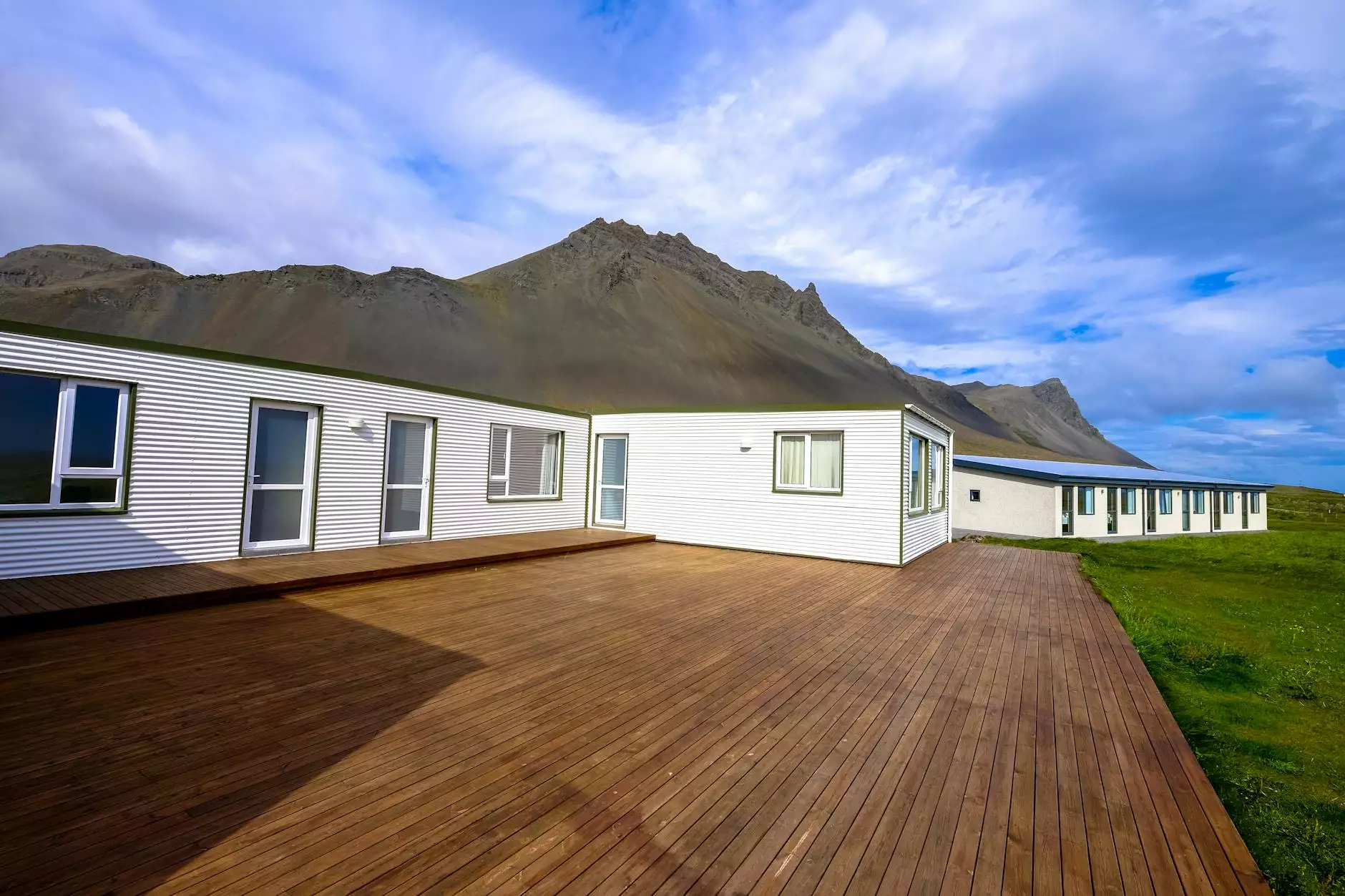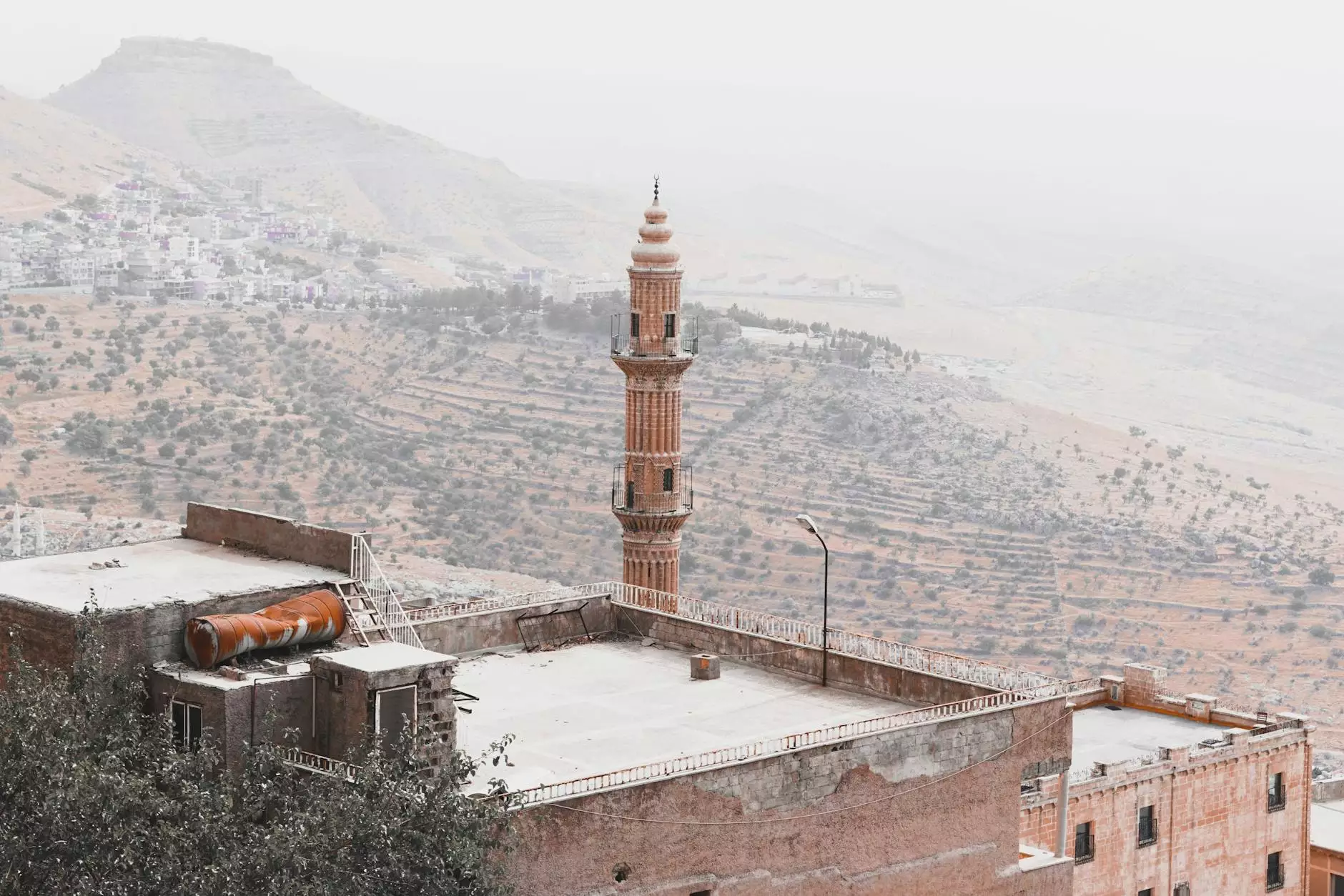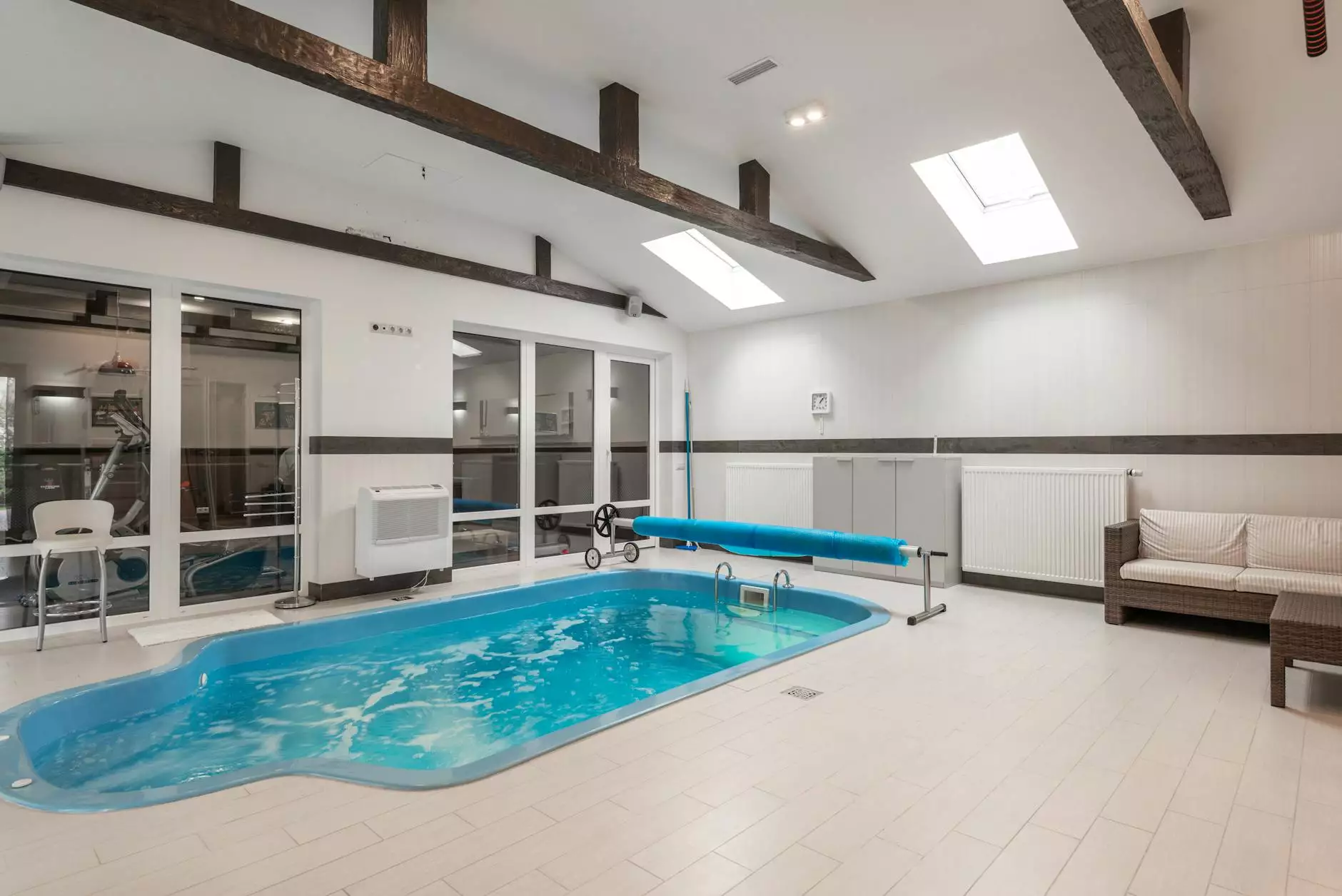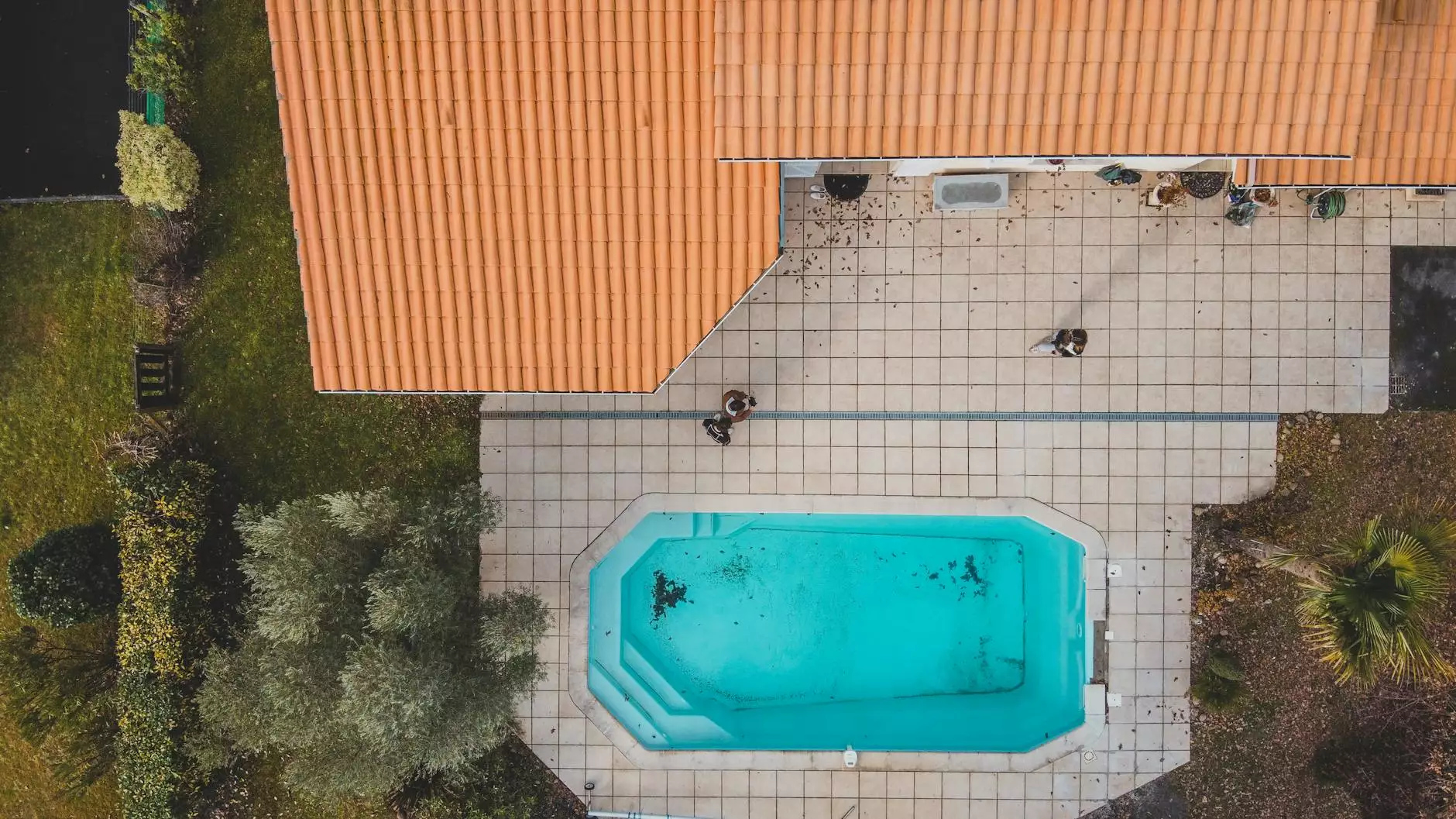How Does A Flat Roof Drain? - A Guide for Owners and Maintenance
Blog
Introduction
Welcome to Bio-One Atlanta's complete guide on how a flat roof drains and the essential maintenance practices to ensure proper drainage. As a reputable business in the cleaning industry, Bio-One Atlanta understands the importance of maintaining a flat roof to prevent potential drainage issues. In this guide, we will provide you with comprehensive information and expert tips to help you understand how a flat roof drains, common problems that may arise, and how to effectively maintain your flat roof for optimal drainage.
The Importance of Flat Roof Drainage
In the business and consumer services industry, proper flat roof drainage is crucial for maintaining the structural integrity of your building and preventing water-related damage. A well-designed and functioning flat roof drainage system ensures that rainwater, snow, and other precipitation are effectively diverted away from the roof surface and safely carried away from the building.
How Does A Flat Roof Drain?
A flat roof typically utilizes a combination of gravity and slope to facilitate drainage. One common drainage method employed is the use of a drain system. This system consists of specially designed drains strategically placed on the roof’s surface to collect water and divert it into downspouts or gutter systems.
Furthermore, scupper systems and internal drains are also commonly used to facilitate flat roof drainage. Scuppers, which are essentially outlets on the sides of the roof, allow water to flow off the roof into gutters or downspouts. Internal drains work similarly but are installed within the roof structure, collecting water and directing it to the appropriate drainage system.
Common Issues That Affect Flat Roof Drainage
While properly designed flat roof drainage systems are effective, certain issues can hinder their performance. Here are some common problems that can affect flat roof drainage:
1. Ponding
Ponding refers to the accumulation of water on a flat roof due to inadequate drainage or poor roof slope. This can occur when drains become clogged or are insufficient in number, resulting in stagnant water. Over time, ponding can lead to roof leaks, structural damage, and mold or mildew growth.
2. Debris Accumulation
Leaves, branches, and other debris can accumulate on a flat roof, obstructing drainage systems and preventing water from properly flowing off the roof’s surface. Regular debris removal and cleaning are essential to maintain an unobstructed drainage pathway.
3. Roof Membrane Damage
Flat roofs are typically covered with a waterproof membrane that protects against water infiltration. Over time, this membrane can deteriorate due to weather conditions, UV exposure, or lack of maintenance. Damaged membranes can hinder proper drainage by causing water to pool on the roof.
4. Incorrect Roof Slope
Flat roofs require a slight slope to facilitate water runoff. If the slope is insufficient or improperly installed, water may pool and drain inadequately. Regular inspections and maintenance can help identify and correct slope issues before they cause major drainage problems.
Maintaining Your Flat Roof for Optimal Drainage
Proper maintenance is essential to ensure your flat roof functions optimally and drains effectively. Here are some key maintenance practices to consider:
1. Regular Inspections
Schedule regular inspections by a professional roofing contractor to assess your flat roof's condition, identify potential drainage issues, and address them promptly. Early detection and maintenance can prevent costly repairs in the future.
2. Clear Debris
Regularly remove any debris, such as leaves or branches, from your flat roof to prevent clogging of drains and gutters. This will help maintain unobstructed water flow and minimize the risk of ponding.
3. Fix Roofing Membrane Issues
If you notice any signs of damage to your flat roof membrane, such as cracks or tears, have them repaired immediately. A damaged membrane can compromise the roof's ability to drain effectively.
4. Address Drainage System Problems
If you encounter any issues with your flat roof's drainage system, such as clogged drains or malfunctioning scuppers, have them repaired or replaced by a qualified professional. Ensuring your drainage system is in good working order is crucial for proper flat roof drainage.
5. Regular Maintenance
Implement a regular maintenance routine that includes inspections, cleaning, and necessary repairs or replacements. By staying proactive with flat roof maintenance, you can mitigate potential drainage problems and extend the lifespan of your roof.
In Conclusion
Understanding how a flat roof drains and implementing proper maintenance practices are vital for preventing common drainage issues. Bio-One Atlanta, as a leading business in the cleaning industry, knows the importance of maintaining flat roofs for optimal drainage. By following the expert tips and information provided in this comprehensive guide, you can ensure your flat roof remains in excellent condition, with proper drainage to protect your building and mitigate potential water-related damage.
Contact Bio-One Atlanta today for all your flat roof maintenance needs. Our team of professionals is here to assist you with prompt and reliable solutions to ensure your flat roof drains effectively and protects your investment.



